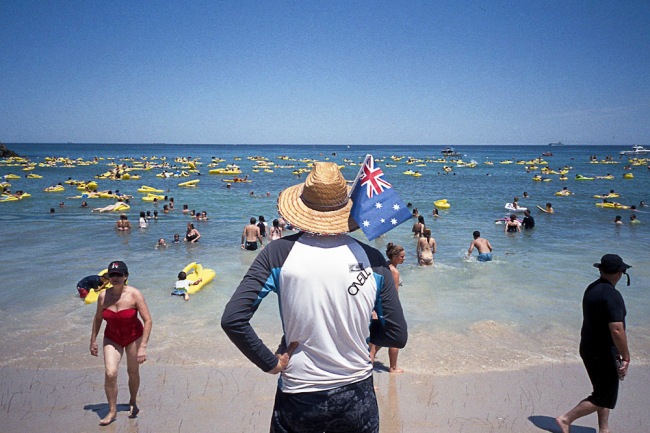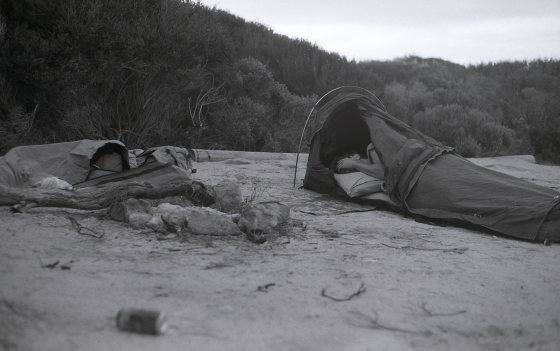 Photograph: Che Parker
Photograph: Che Parker
 Photograph: Jay Staples
Photograph: Jay Staples
 Photograph: Jay Staples
Photograph: Jay Staples
Do the above photographs have something in common?
What are they portraying?
Are they representative of a way of life?
I’d argue they’re a depiction of quintessential ‘Australia’ and the Australian identity – mateship, beach culture and ‘going bush’ (among other things).
A national culture is a discourse – a way of constructing meaning which influences and organises our actions and conceptions. It brings together different classes, genders and ethnicities under ‘one nation’ – emphasising origin, continuity and tradition.
Given Australia’s multiculturalism are we still able to identify with a national culture? Are there traditions and a foundational myth that locates the origins of the nation, our people and our national identity?
Or is it fruitless even considering homogeneity under an ‘Aussie’ banner? Is it better to think about national culture as a discursive device representing differences as unity or identity? Keesing* urges a more reflective and critical use of ‘culture’. He claims that we do ‘violence’ to reality when we specify the ‘culture’ of a place.
This may be true, for you are not born ‘Australian’; it is not in your genes. It is something you identify with and whether you like it or not it involves assumptions regarding a sharedness, boundedness and coherence.
So if you didn’t identify the above photographs as representations of Australian culture, don’t feel so bad…you’ve just didn’t identify the assumptions others feel so passionately about.
* Keesing, RM 1991, ‘Asian Cultures?’, Asian Studies Review, vol. 15, no. 2, pp. 43-50
NB: this post is related to the COMM1107 lecture of week 3.
